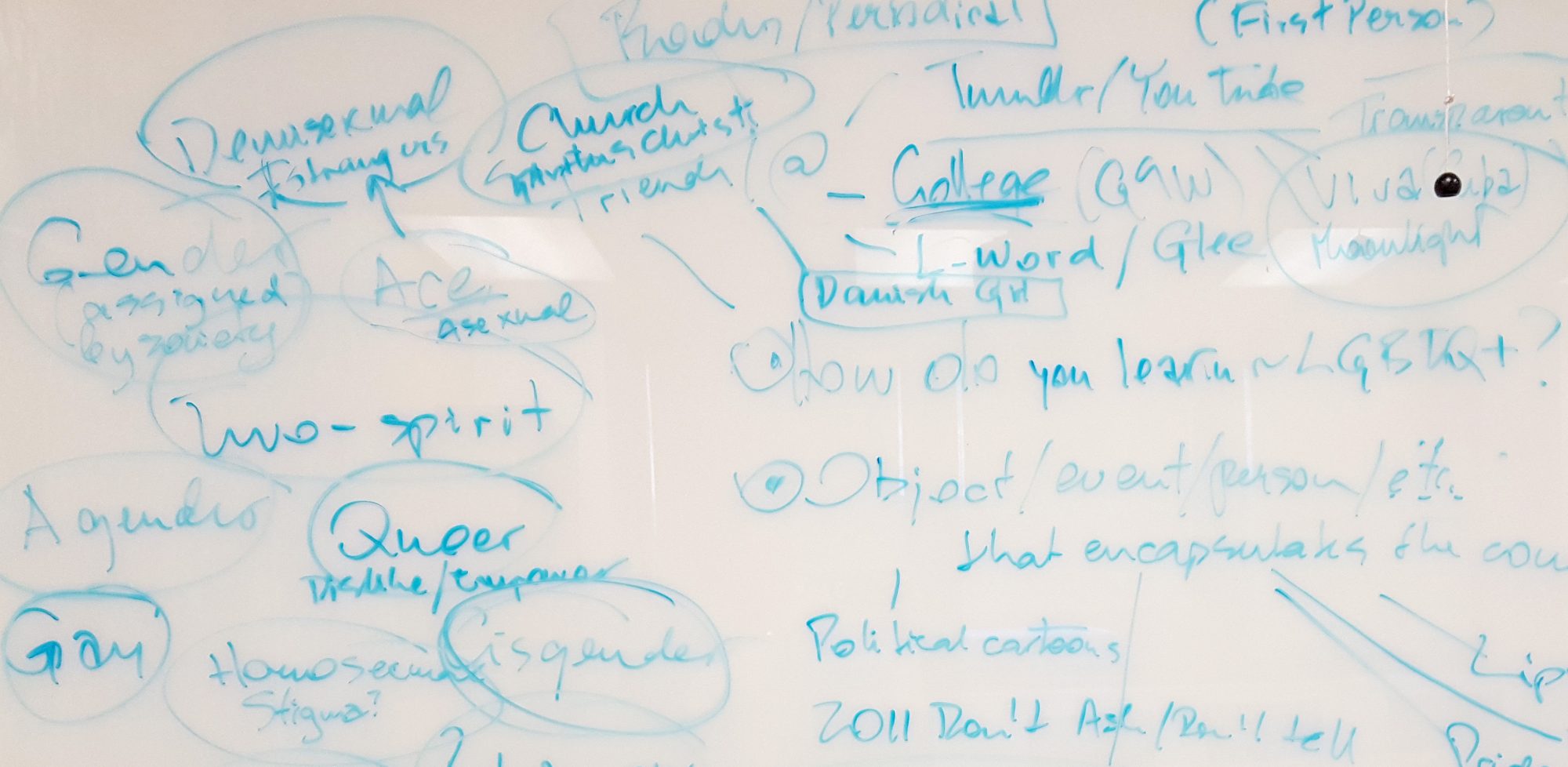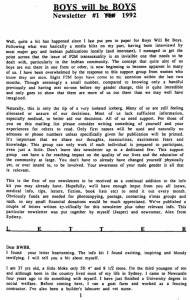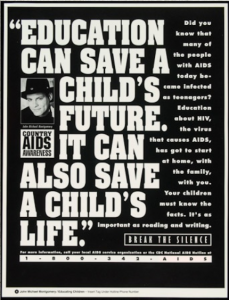The Stonewall riots are somewhat well known, especially among the queer community, as the beginning of the gay rights movement. In brief, the riots started when years of police harassment and oppression got to be too much. One sultry June night in 1969, police raided the Stonewall Inn, a gathering place for LGBTQ people, for the second time that week. Angry patrons attacked the police. The word spread, and queer people and allies gathered again the following night. Despite its reputation of starting the gay rights movement, the Stonewall riots were not the first time the LGBTQ+ community rose up against police violence. Thus, perhaps the most notable aspect of the Stonewall riots is that they are notable. Through a combination of media coverage and influential people caring about remember the event, Stonewall was made the first memorable resistance of queer people against oppression. Ultimately, the memorability of Stonewall proved invaluable because it gave activists something to rally around. It is much easier to hold protests in remembrance of an event than to simply protest on an arbitrary date
In a discussion of notability and Stonewall it is irresponsible to leave out the transgender women and drag queens of color responsible for being the first to resist. Sylvia Rivera was one of those people. Before this readings, I simply knew she was a trans woman of color who played an enormous part in the Stonewall riots. Now, I know she was born to Hispanic parents in 1951. Orphaned at the age of 3, she was raised by her Venezuelan grandmother, who was less than happy to have a child to look after, let alone such an effeminate “boy”. In fourth grade, Sylvia began routinely wore makeup to school. Her grandmother disapproved, and at the age of 10 the Sylvia became a homeless youth.
Fortunately, the drag queens, trans women, prostitutes, and other “undesirable” people in New York City had banded together for quite some time and she was quickly taken in as one of their own. Even at this young age, she began “working the streets” as a prostitute. As she got older, she took on the role others had taken when she had first been cast out and began caring for the queer homeless youth of the Big Apple. Her and other queens rented out hotel rooms and eventually an apartment to provide shelter to the young people and worked as prostitutes to feed and house the children. When compounded with food stolen by the young inhabitants of the home, nobody ever went hungry. She was only 18 when the Stonewall riots happened. After being shoved around by the police all her life, she had had enough. Those nights in June 1969 she finally acted on all the anger inside her.
People don’t talk much about Sylvia’s life after Stonewall, but it is certainly not for lack of material. In and out of jail for minor offenses, she continued caring for homeless LGBTQ+ youth with her friend Marsha P. Johnson, another trans woman. Her activism didn’t end with the riots either. Beyond the subtle protest of caring for people who had been deemed undesirable, she was very vocal not only for the rights of gay people, but about how the trans community – which the gay community had to thank for helping jump start the gay rights movement – was repeatedly left out of discussion about rights for LGBTQ+ people (a narrative which still rings true today). On February 19, 2002, she died of complications from liver cancer at the age of 50, ending the inspiring story of one of the most influential leaders of the gay rights movement.







